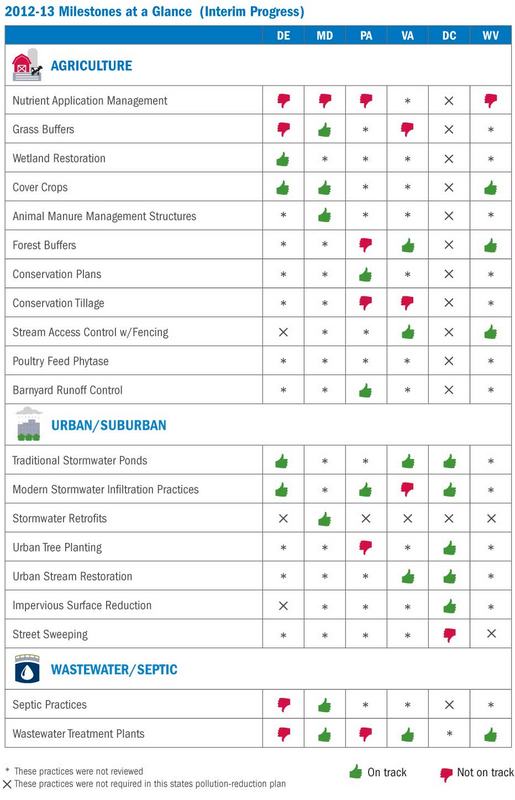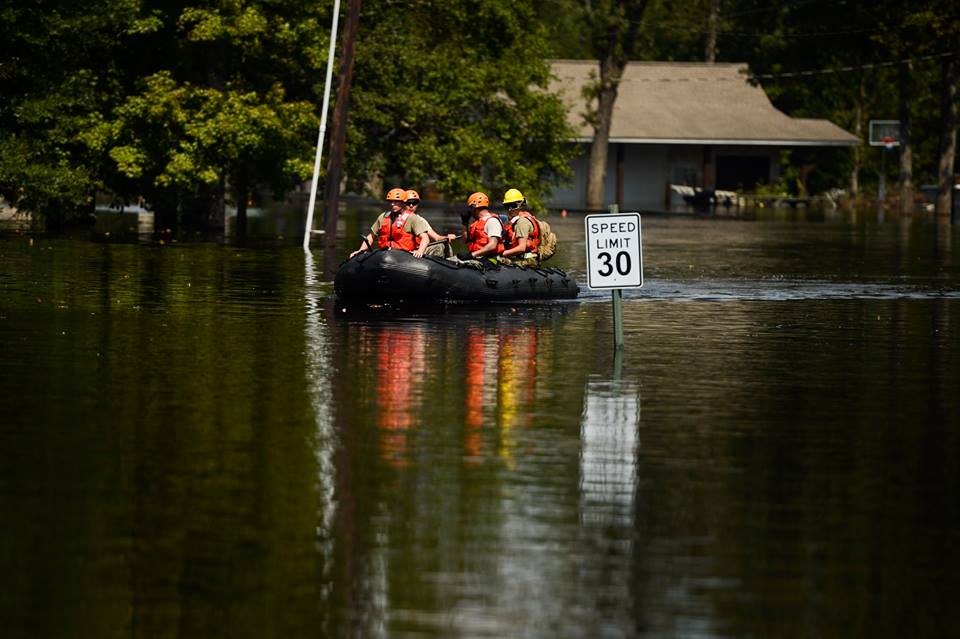An interim analysis by the Chesapeake Bay Foundation (CBF) and Choose Clean Water Coalition (CCWC) finds that bay states are making progress but are not on track to meet all 2013 goals for the bay’s total maximum daily load. Since 2009, states have set 2-year milestones to stay on track for final reductions in nitrogen, phosphorus, and sediment by 2025. The milestone commitments vary by state.
The analysis covers three categories of pollution sources — agricultural runoff, urban and suburban stormwater, and wastewater treatment — and assigns states ratings based on efforts in these categories.
“We are encouraged that states are working to reach their milestones and, in some cases, significant progress has been made,” said Hilary Harp Falk, co-chair of CCWC. “However, after reviewing the data, it is clear that we need verification protocols to help local, state, and federal programs ensure that practices are properly designed, installed, and maintained over time.”
CBF and CCWC would also like to see the data presented at the local or regional level during the next round of reporting, rather than the state level. See the analyses by state.





